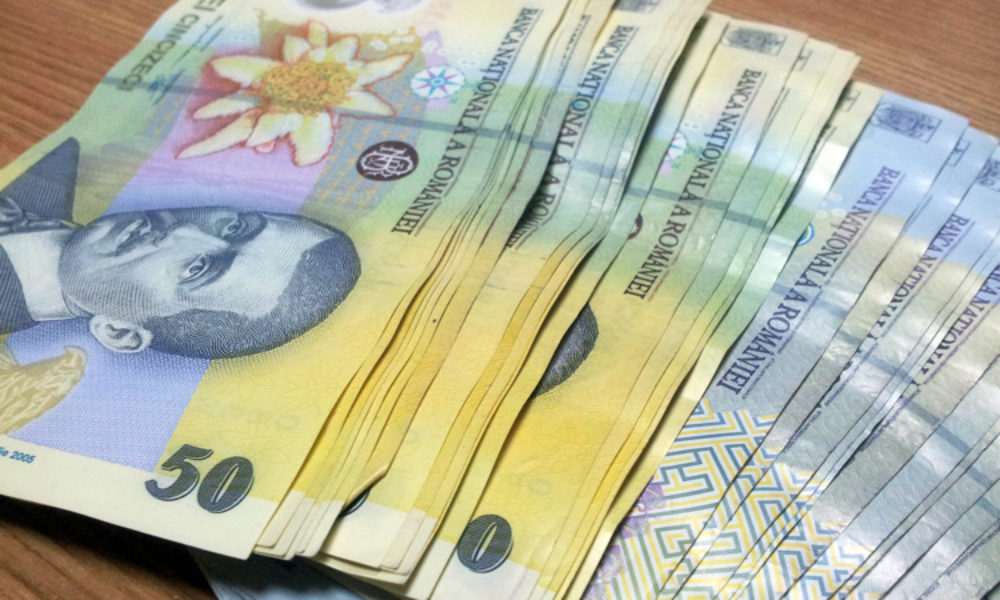EBRD has revised the estimates on the Romanian economy decreasing

The European Bank for Reconstruction and Development (EBRD) has significantly revised its estimates on the evolution of the Romanian economy, both in 2024 and in 2025, forecasting that the growth rate will only return to potential in 2026, according to the report published on Thursday by the international financial institution.
According to the latest forecasts of the EBRD, Romania's GDP registered an advance of only 0.7%last year, half compared to the initial estimate regarding an advance of 1.4%, and this year it will register an increase of 1.8%, with 0.8 percentage points less than the estimate of 2.6%advanced in September.
'The economic growth slowed significantly in 2024, although private consumption increased as a result of the increase of real salaries, which led to a significant aggravation of the commercial deficit … The real increase of the GDP would relaunch, even if at a lower level than the previously estimated, to about 1.8%, given the internal external pressure. In 2026, the economic growth is forecast to return to the potential level, of 2.4%, provided that the efforts of structural reforms that will unlock the European funds and to return the external demand ', the EBRD report shows.
At the general level, the EBRD has revised its estimates regarding the growth of economies in which it invests up to 3.2% this year, with 0.3 percentage points less than the estimated in September 2024. This review is mainly of the weaker external demand, the Baltic states and the EU countries of the south-east of Europe, where Romania is included. Also, the review reflects the impact on conflicts and the slow pace of reforms in the south and eastern Mediterranean.
The report published on Thursday by EBRD draws attention to the uncertainties arising from the possible increases of tariffs for imports in the US and the reprisal measures adopted by the commercial partners. A scenario in which the US would increase rates to all imports by 10 percentage points could reduce GDP in BERD regions by 0.1-0.2% in the medium term. At the same time, the EBRD report shows that Bulgaria, Slovenia and Romania are the most exposed to the recent announcements of American and aluminum tariffs.
« Taking into account the volume of current exports to the US and the different elasticities of the import demand for individual products, the introduction of 25% rates for steel and aluminum imports would be translated by a reduction of GDP up to 0.03% for Bulgaria, Slovenia and Romania, » mentioned in the EBRD report.
The international financial institution draws attention to the fact that inflation in its operations region has decreased, but even so it remains more than one percentage above the media before pandemic, the pressures on the price side being stimulated by factors such as relaxed tax policies and the rapid increase of wages. 'Although inflation has decreased significantly, the source of inflationary pressures has changed. The fiscal policy and the dynamics of wages now play a much more important role, and the future trajectory requires careful calibration to ensure a stable growth trajectory, « said the EBRD chief economist, Beata Javorcik.
EBRD is a major institutional investor in Romania and so far the organization has invested almost 11.5 billion euros in 550 projects. A significant share of its financing supports the development of the private sector, sustainability and innovation.







